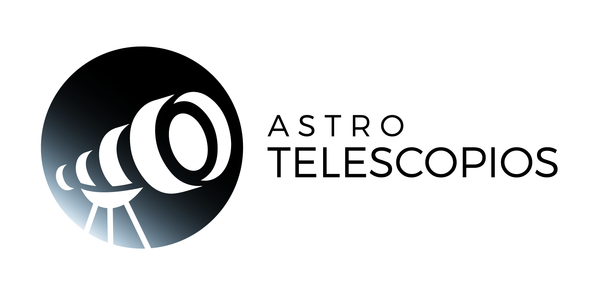Comet 13P/Olbers is a regular visitor to the Solar System, discovered by German astronomer Heinrich Wilhelm Olbers on March 6, 1815. Its orbit brings it close to the Sun approximately every 69 years, sparking the interest of scientists and amateurs alike. the astronomy. This comet belongs to the Jupiter family of comets, which means that its trajectory is strongly influenced by the gravity of this gas giant.
Discovery and History
Heinrich Wilhelm Olbers, a German astronomer and doctor, was the first to sight comet 13P/Olbers in 1815. Olbers was already known for his discoveries of asteroids, such as Pallas and Vesta. The discovery of this comet added a new gem to its list of achievements and provided valuable information about the behavior of these celestial bodies.
Since its initial discovery, comet 13P/Olbers has been observed on its approaches to Earth in 1887, 1956 and 2024. Each of these encounters has allowed astronomers to further study its composition, structure and orbital dynamics.
Orbit and Characteristics

13P/Olbers follows an elliptical orbit with a period of approximately 69 years. Its average distance from the Sun (semimajor axis) is about 18.5 astronomical units (AU), although its trajectory takes it from the interior of the Solar System to beyond the orbit of Uranus. During its perihelion, the closest point to the Sun, the comet can pass at a distance of about 1.6 AU from the Sun, placing it within the orbit of Mars.
Jupiter's gravity can modify the comet's orbit, slightly altering its orbital period and perihelion distance. These interactions are common among Jupiter family comets and are a key area of study to better understand the dynamics of smaller bodies in the Solar System.
Composition and Activity of Comet 13P/Olbers
Like other comets, 13P/Olbers is composed mainly of ice, dust and rocks. Its nucleus, the solid body of the comet, is surrounded by a diffuse atmosphere called a coma as it approaches the Sun. The Sun's heat sublimes the ices in the nucleus, releasing gas and dust that form the coma and, eventually, the characteristic tails of the comet. comet: the dust tail and the ion tail.
The activity of 13P/Olbers varies depending on its distance from the Sun. During its perihelion, the increase in solar radiation causes greater sublimation, increasing the luminosity of the comet and making its tails more visible. This activity allows astronomers to analyze the composition of ejected gases and dust, providing clues to the early materials of the Solar System.
Recent Observations
The most recent return of 13P/Olbers took place in 2024, an event that the astronomical community awaited with great anticipation. Ground-based and space-based telescopes focused on the comet to capture detailed images and collect spectroscopic data. These observations will help improve our understanding of the comet's evolution and its dynamic behavior.
Image of comet 13P/Olbers, taken on June 24, 2024, from Martinsberg, Niederösterreich (Austria). Photo: Michael Jäger
How to observe comet 13P/Olbers? For starters
Comet 13P/Olbers reached perihelion on June 30, 2024, with a magnitude of 7.5. On July 20, when it is closest to Earth, it will have a magnitude of 7.6.
In the Northern Hemisphere, it will be visible in June and July with beginner binoculars and telescopes such as 70 mm aperture refractors or 114 mm reflectors.
To find the comet, it is recommended to use apps for your smartphone, a highly recommended one is Stellarium.
Once you have the application installed, you just have to point your telescope at the location indicated in the app. Use 20mm or 25mm eyepieces that provide you with less magnification and a wider field of view.
We recommend the NANO 70 mm beginner's telescope , sold for €115, and the SOLARIX 114 mm beginner's telescope. If you want a more compact telescope to take to more remote areas of the city, we recommend the Discovery 80 ST Compact Telescope, which sells for €199.
Scientific Importance of Comet 13P/Olbers
The study of comets like 13P/Olbers is crucial for astronomy and planetary science. Comets are considered fossils of the Solar System, preserving primitive material that can offer clues about their formation and evolution. Analyzing their composition and behavior helps us better understand the processes that gave rise to the planets and other celestial bodies billions of years ago.
Additionally, comets can provide information about the distribution of water and organic compounds in the early Solar System, which is relevant for studying the origins of life on Earth and the possibility of life elsewhere in the cosmos.
Comet 13P/Olbers is a traveler in the Solar System that offers us a window into the past. Its periodic orbit and physical characteristics make it an object of great interest to astronomers. With each return, it provides us with a unique opportunity to explore the mysteries of the cosmos and advance our knowledge of the universe.






